Home![]() Articles
Articles![]() Domed, Knotted, Moon-Shaped Sweet Buns From Around the World, The Best birthday surprise for best friend
Domed, Knotted, Moon-Shaped Sweet Buns From Around the World, The Best birthday surprise for best friend
Each country or a bunch of them have more than one kind of sweet bun, some famed, some hidden gems. So get them as a birthday surprise for best friend

Sweet buns are breads that resemble the average bun, are usually associated with religious festivities of some kind. While biting into your local sweet, cream-filled bun, ever wondered if like the bun in your hands someone else in the world is having something similar at the same time? Because there are buns like that, minus the filling, but sweet bread, there are plenty of those around the globe. So serve them up as a birthday surprise for best friend
1. Pan de Muerto
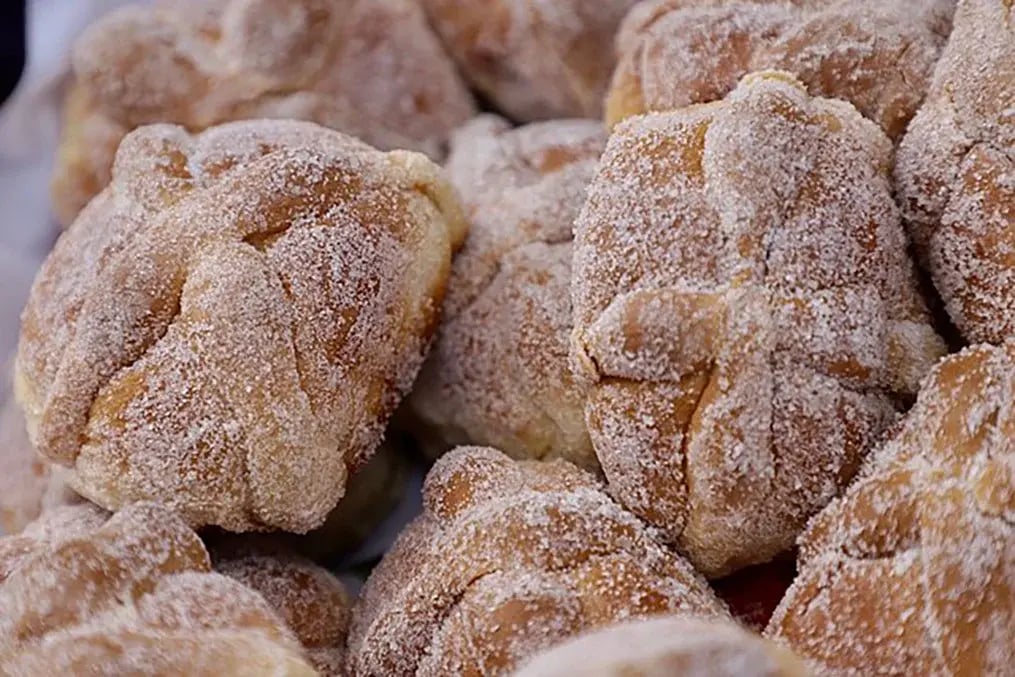
This sweet bread is associated with the Day of the Dead or Día de Los Muerto, where yeasty bread is shaped into normally a sphere with twin strings of dough on top to resemble bones. It is also shaped into skulls, angels or animal shapes. It is offered at family altars or gravesites to honor the departed every year on the day of the festival. It is made from the usual ingredients used to make bread with a butter-orange zest wash to help the sugar stick to the bread. One bite into this bread reveals the flavor of anise and cinnamon used to bake the bread.
2. Cozonac
Fancy a marbled bread with an identity crisis from Romania? Because it is baked as a loaf, Cozonac is often thought of as bread, but it is more on the cake side. Cozonac is also called a walnut or a sweet yeast dough and is a popular treat during Christmas Time and Easter in the country. It is made with flour, sugar, milk, cocoa, eggs, nuts, and raisins. It smells heavenly when taken out of the oven after baking owing to the nuts used in the recipe.
3. Vasilopita
Another ‘cake’ with an identity crisis, because it is also called pie or bread, depending on who you end up asking, Vasilopita is eaten during New Year’s Time in Greece. What’s special about the cake, or bread that looks like a huge bun with its dome-like shape, is it is baked with a coin or some kind of trinket inside it. The senior-most person in the family cuts the cake, and whoever gets the slice with the trinket, will have a lucky year. Each slice of the cake is dedicated to different religious figures in Christianity. The third slice is dedicated to St Basil, the bread’s namesake and there’s a story behind this person too. He wanted to give something to the poor instead of making it look like charity so he asked a woman to bake a cake, with several gold coins inside. The poor families who got the cake were quite surprised to find money inside.
4. Brioche
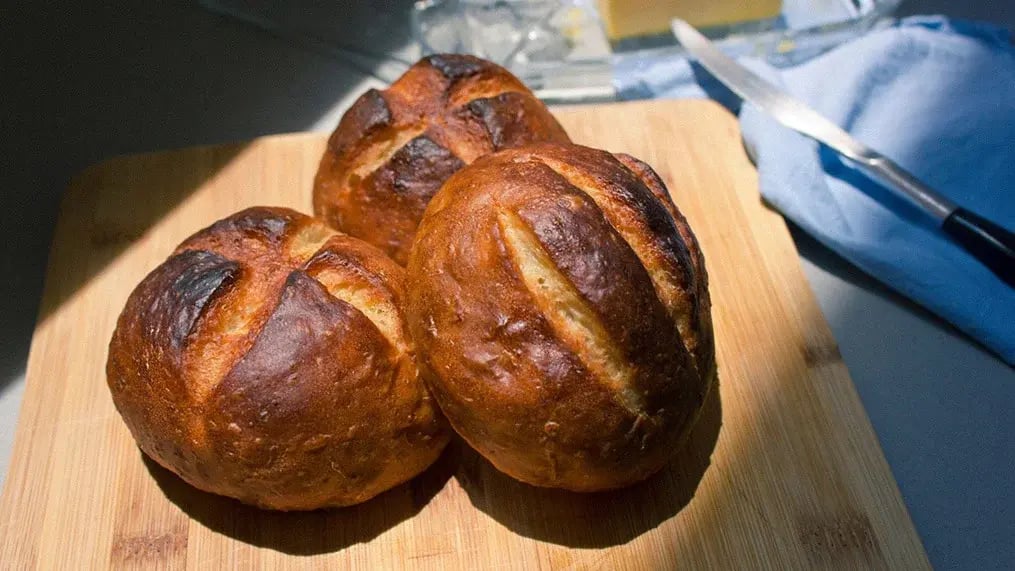
The French have a small bun called the Brioche which is a cross between between a bun and a pastry. Why pastry and not cake, lies in its huge butter content that low-key makes it flaky as well as bready. A whopping 400 grams of butter per 1 kg of flour is used to make brioche. Different parts of France give different spins to the recipe, and no two Brioche from different Brioche-specialising areas are the same. It is said that Norman Vikings brought them to France, because they were the ones who knew how to use butter in baking.
5. Chalka
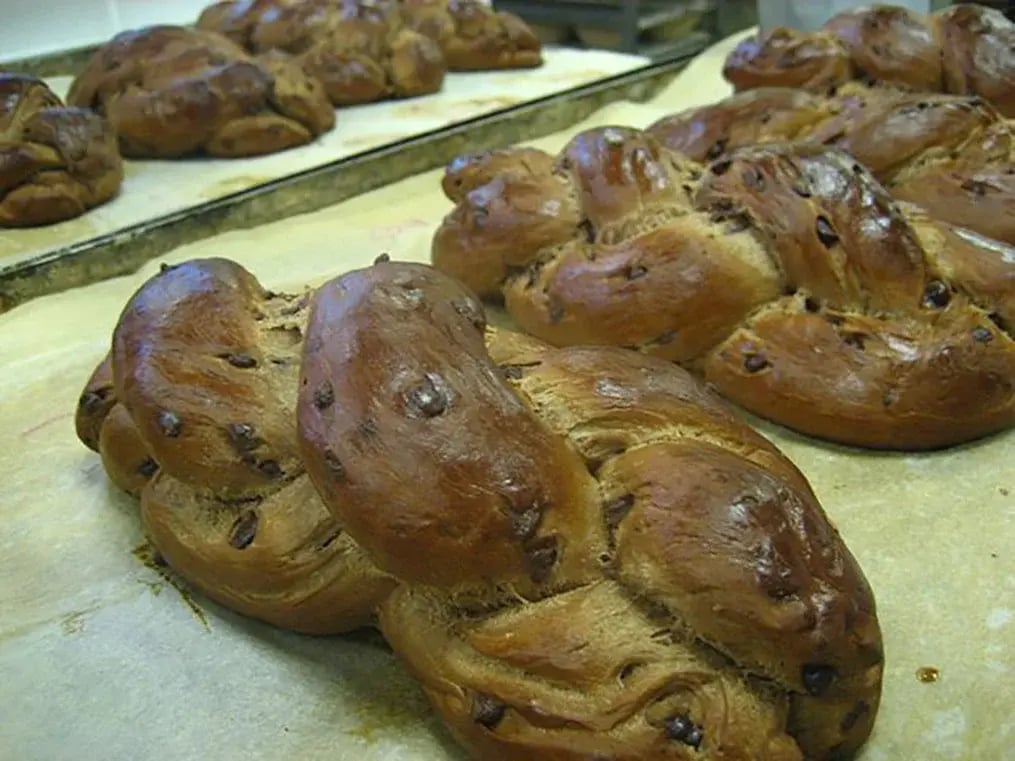
The Jewish Challah bread and Chalka, are the same – a soft and sweet Polish bread that is knotted before baking. It incorporates dried nuts and fruits and often has a sprinkling of slivered almonds, poppy or sesame seeds. In the olden days, it did not have the tag of bread because it was made from yeast, primarily and did not contain rye flour.
6. Kardemommeboller
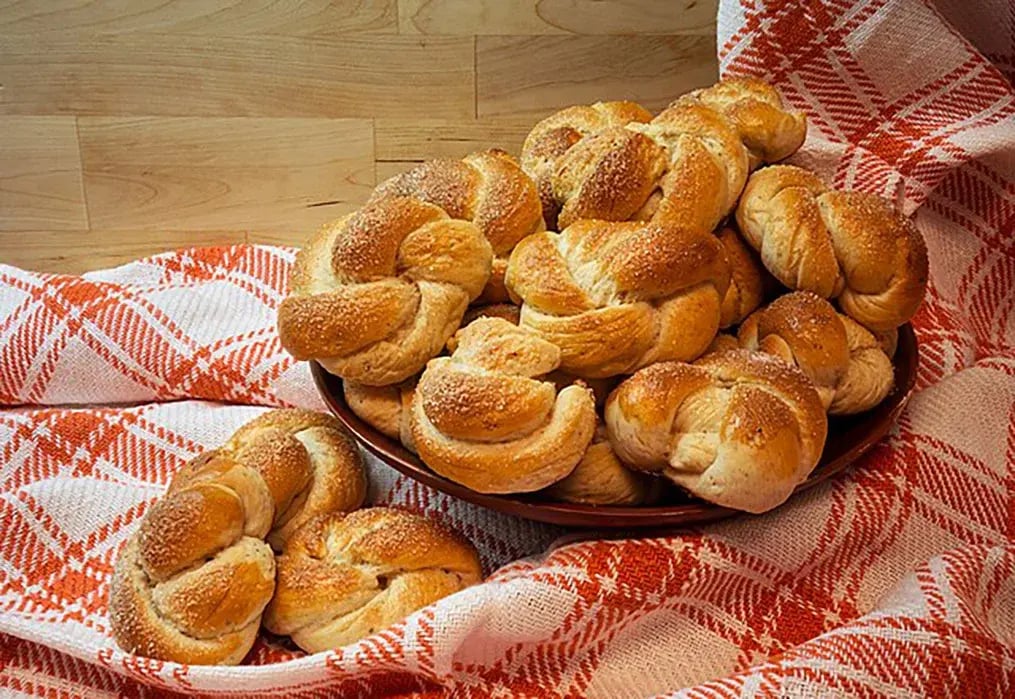
If you like the flavor of cardamom, then you will for sure like the Swedish Kardemommebollers, which are traditional cardamom buns. It is a knotted sweet bread which looks like a sophisticated but homely sweet bun. They are said to have been brought in by German bakers in the 17th century, and as for the cardamom, it came from the East with the opening of the trade routes and spice trades.
7. Pandoro
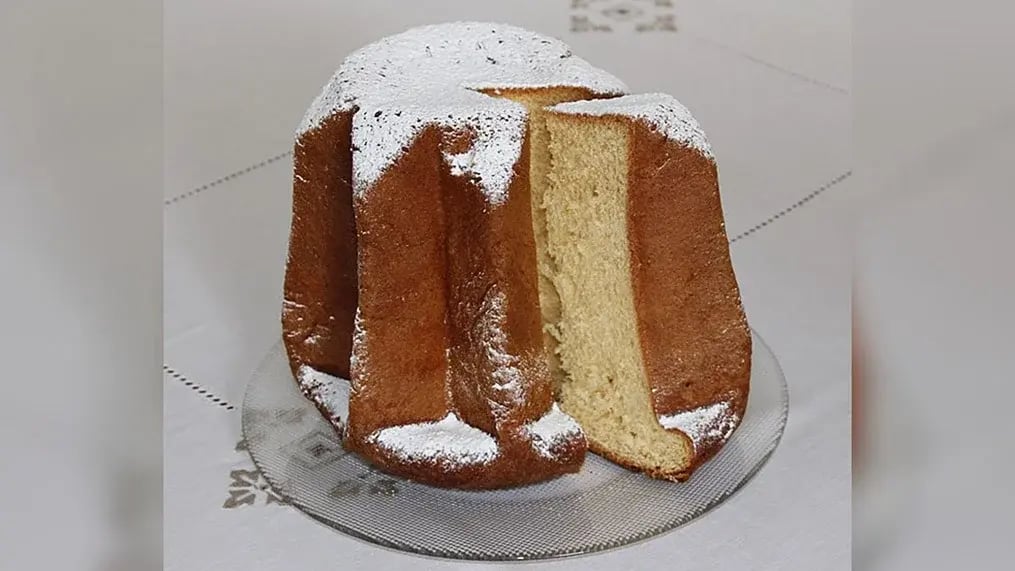
We left the best in this list for the last, for you might be familiar with this Italian sweet bread. Remember the videos floating around where Italians take this dome-like bread, dump powdered sugar in the plastic bag it comes in and shake vigorously? Turns out it's Pandoro, which is a Christmas bread from Italy from the city of Verona. It is baked in a star-shaped mould with the batter made from flour, milk, egg yolks, yeast, butter, sugar, salt and vanilla. Its name translates to golden bread – pan d’oro together means golden bread. The yellow of the bread comes from the many egg yolks used to make this sweet bread.






















